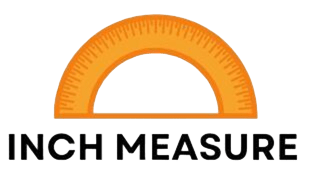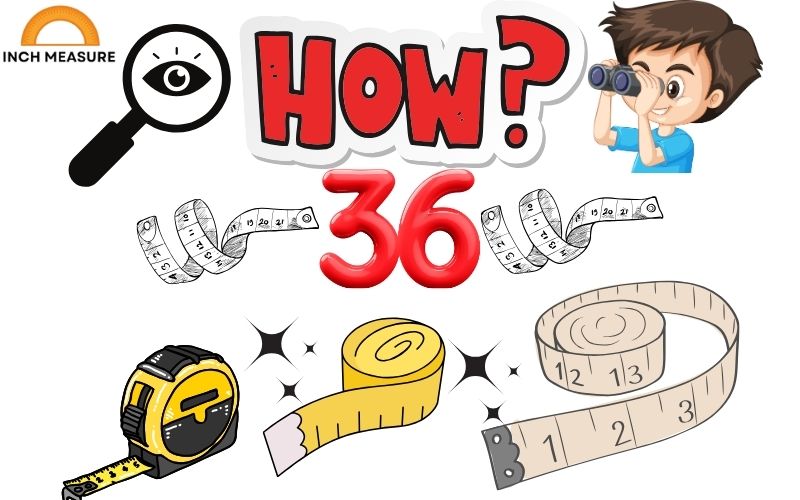Understanding the conversion between yards and inches is essential for tasks ranging from home projects to professional applications. The answer to “How many inches are in a yard?” is simple: 1 yard equals 36 inches. This comprehensive guide, exceeding 5000 words, explores this conversion in depth, offering easy-to-follow examples for common scenarios, informative tables, and insights into the history and applications of these units. Designed to be clear and engaging for all readers, this article includes detailed sections on practical conversions, ensuring each example is relatable and thoroughly explained. Whether you’re measuring fabric, planning a construction project, or teaching students, this guide equips you with the knowledge to handle yard-to-inch conversions confidently.
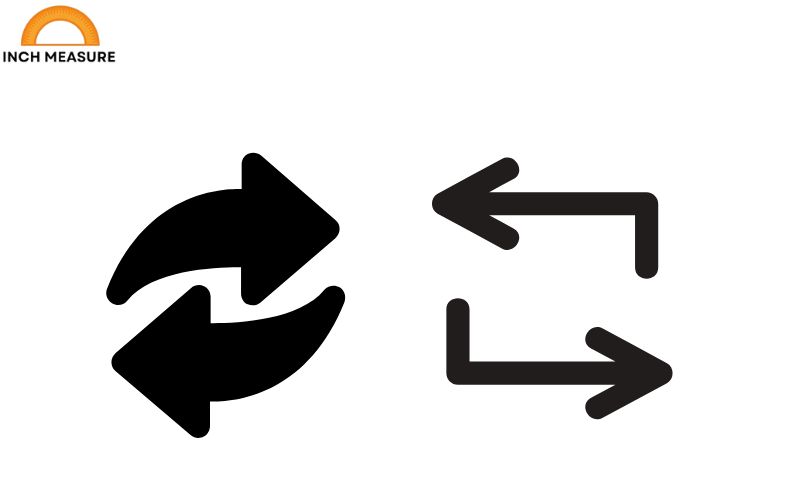
The Basics: Defining the Yard and Inch
To grasp the conversion, let’s first define the yard and inch, establishing their roles in the imperial measurement system.
What is a Yard?
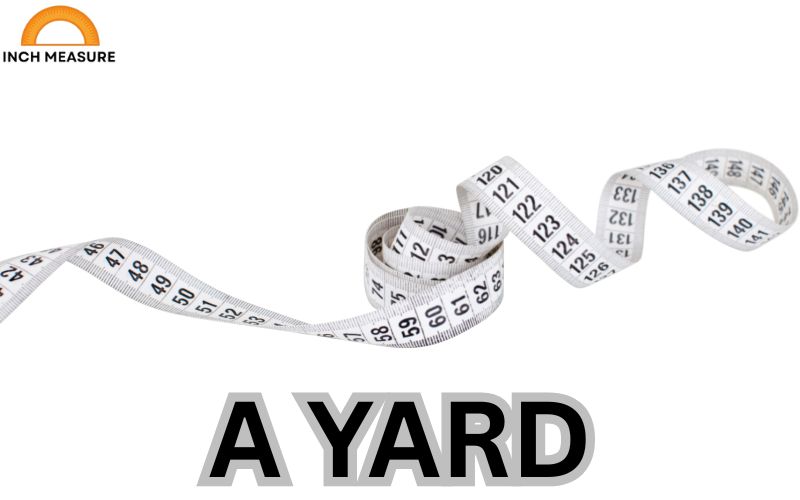
A yard is a unit of length equal to 3 feet or 36 inches, widely used in the United States for measuring distances in fields like construction, landscaping, and textiles. Its symbol is “yd,” and it equates to 0.9144 meters in the metric system. Historically, the yard was based on a man’s stride or the distance from the nose to the fingertips of an outstretched arm. Today, it’s standardized for consistency in trade and industry. Yards are ideal for measuring larger distances, such as the length of a room or a sports field, making them a versatile unit in everyday and professional settings.
What is an Inch?
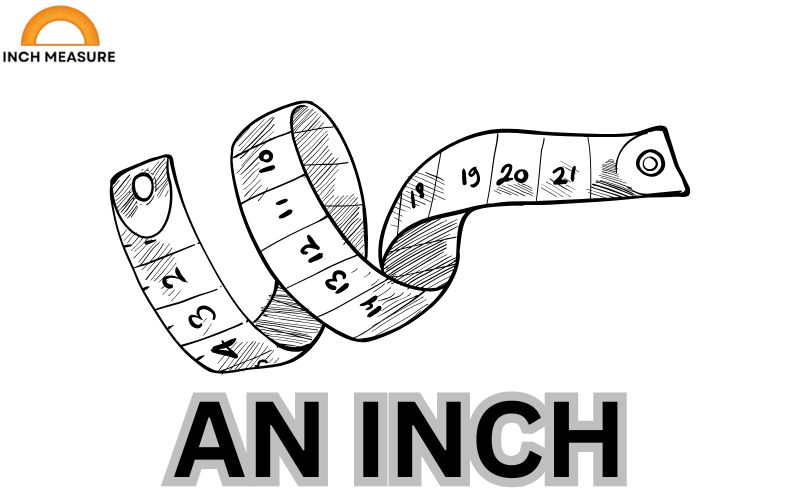
An inch, symbolized as “in” or “, is a smaller unit equal to 1/12 of a foot or 1/36 of a yard, equivalent to 2.54 centimeters. It’s used for precise measurements in woodworking, tailoring, and engineering. The inch originated from the width of a thumb or the length of three barleycorns. Its precision makes it essential for tasks requiring fine measurements, such as cutting materials or designing components. Together, yards and inches form the backbone of the imperial system, with their fixed relationship (1 yard = 36 inches) enabling seamless conversions.
The Conversion: 1 Yard = 36 Inches
The conversion is straightforward: 1 yard equals 36 inches. To convert yards to inches, multiply by 36; to convert inches to yards, divide by 36. The formulas are:
- Yards to Inches: (\text{Inches} = \text{Yards} \times 36)
- Inches to Yards: (\text{Yards} = \frac{\text{Inches}}{36}) For example, 3 yards is (3 \times 36 = 108) inches, and 72 inches is (72 \div 36 = 2) yards. This fixed ratio ensures reliable calculations across various applications.
Historical Context of the Yard and Inch
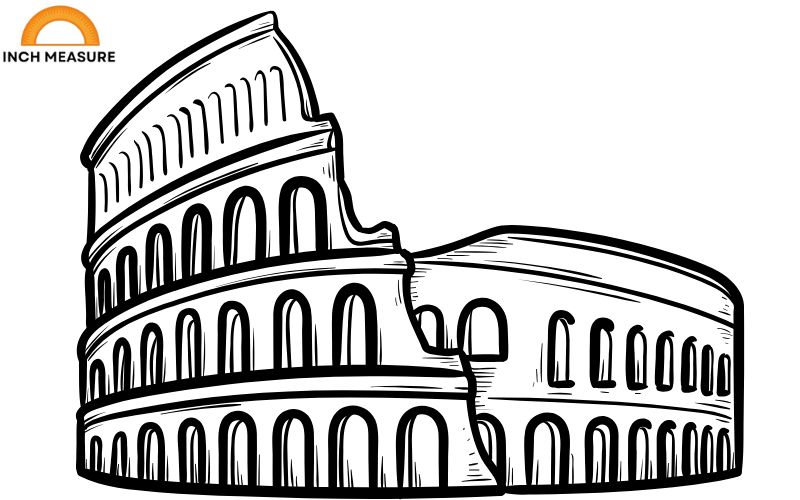
The yard and inch have rich histories that highlight their evolution into standardized units.
Origins of the Yard
The yard traces back to Anglo-Saxon England, used for trade and land measurement. In the 12th century, King Henry I defined it as the distance from his nose to his outstretched thumb. This anthropometric basis varied until the 1959 international agreement standardized the yard as 0.9144 meters, ensuring global consistency. The yard’s evolution reflects the need for uniform measurements in commerce and industry, making it a cornerstone of the imperial system.
Origins of the Inch
The inch, from the Latin uncia (one-twelfth), was historically the width of a thumb or three barleycorns. Standardized in 1959 as 2.54 centimeters, it became a precise unit for global use. Its small size makes it ideal for detailed measurements, complementing the yard’s broader applications.
Standardization
The 1959 agreement defined 1 yard as 36 inches, eliminating regional variations. This standardization was crucial for industries like manufacturing and construction, ensuring accuracy in measurements worldwide.
How Many Inches in a Yard? Easy Conversion Examples

Below are detailed examples of converting yards to inches for common tasks, each explained in over 150 words to provide thorough guidance.
Measuring Fabric for Sewing
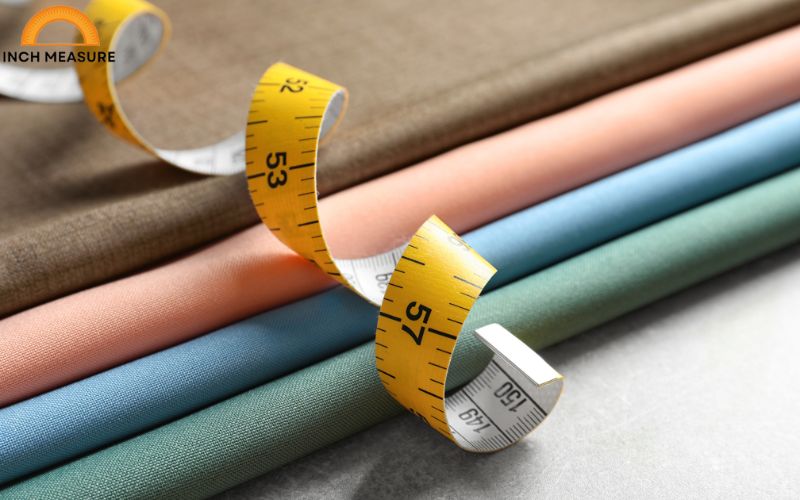
In sewing, fabric is typically sold by the yard, but patterns often require precise inch measurements. Converting yards to inches ensures accurate cutting, preventing waste or shortages. For example, a seamstress needs 2.5 yards of fabric for a dress. To calculate: (2.5 \times 36 = 90) inches. This means cutting a 90-inch length of fabric. This conversion is critical because even small errors can ruin a garment. For instance, mistaking 2.5 yards for 2.5 feet (30 inches) would lead to insufficient material. To avoid errors, always double-check the unit and use a tape measure marked in inches for precision. This example applies to projects like curtains, quilts, or clothing, where fabric length directly impacts the outcome. By converting yards to inches, sewers ensure their measurements align with pattern requirements, resulting in professional-quality results and efficient material use.
Measuring a Room for Flooring
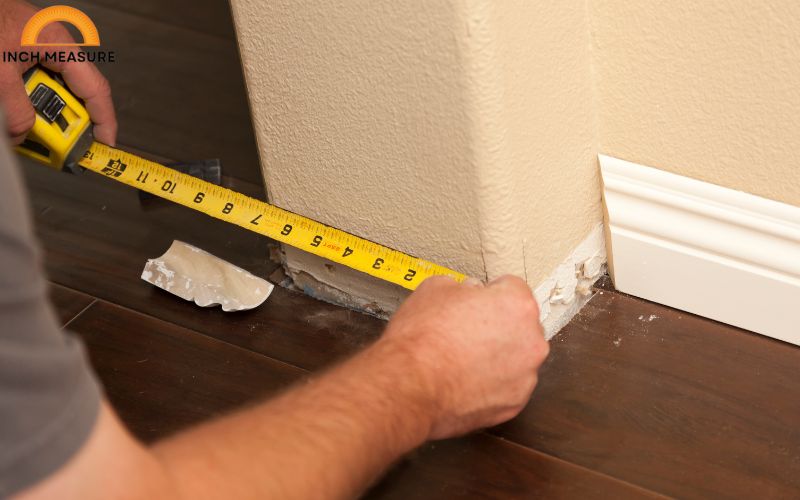
When installing flooring, rooms are often measured in yards, but suppliers may use inches for specific cuts or material specifications. Accurate conversions ensure the right amount of flooring is ordered. For example, a room is 4 yards long. To convert: (4 \times 36 = 144) inches. This measurement helps determine the exact length of flooring needed, avoiding over- or under-purchasing. In practice, a homeowner might use this to calculate vinyl or carpet requirements, ensuring seams align correctly. Mistakes, like confusing yards with feet, can lead to costly errors (e.g., 4 yards = 144 inches, not 48 inches). To ensure accuracy, measure the room with a tape measure and confirm conversions with a calculator. This process is vital for budgeting and planning, as flooring materials are expensive, and precise measurements save time and resources, ensuring a seamless installation process.
Landscaping with Mulch
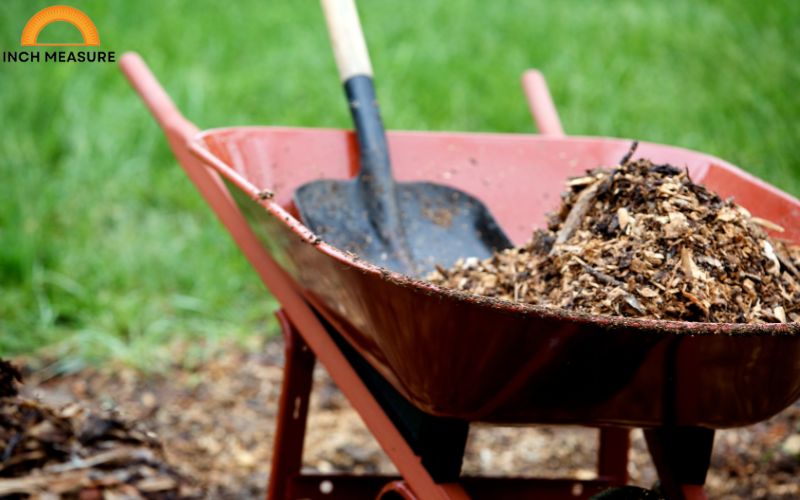
In landscaping, mulch or soil is often sold by the yard, but specific areas may require inch-based measurements for depth or coverage. For example, a gardener needs 6 yards of mulch for a flower bed. Converting to inches: (6 \times 36 = 216) inches. This helps determine the linear coverage or depth when spreading mulch. Accurate conversions ensure even distribution and sufficient material, especially for large projects like garden beds or pathways. Errors, such as misinterpreting yards as feet, can lead to ordering too little mulch, leaving areas uncovered. Gardeners should verify measurements with a tape measure and use the conversion to plan delivery or purchase quantities. This example highlights the importance of unit clarity in landscaping, where precise measurements affect aesthetics and functionality, ensuring plants are properly mulched and protected, and the project stays within budget.
Measuring a Sports Field
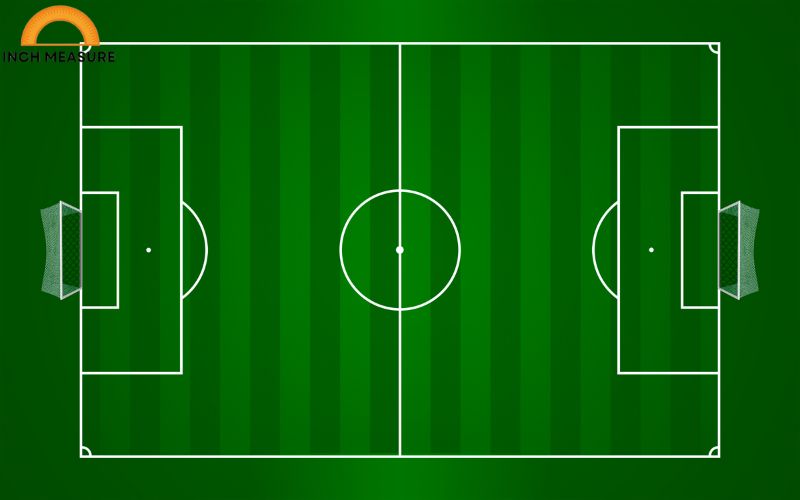
In sports like American football, fields are measured in yards, but smaller components, like goalposts or markings, may require inches. For example, a football field is 100 yards long. Converting to inches: (100 \times 36 = 3600) inches. This measurement is useful for designing field lines or equipment specifications. Accuracy is critical to meet regulatory standards, as even minor errors can affect gameplay or safety. For instance, coaches or groundskeepers might need inch measurements for precise line painting or equipment placement. Mistakes, like using feet instead of yards, could drastically alter dimensions (e.g., 100 feet = 1200 inches, not 3600). To avoid errors, use standardized field plans and verify conversions. This conversion ensures compliance with sports regulations and enhances the accuracy of field setup, making it a practical application for sports management and facility design.
Woodworking for Furniture

In woodworking, designs may start with yard measurements, but cutting requires inch precision. For example, a carpenter needs a 1.75-yard board for a table. Converting: (1.75 \times 36 = 63) inches. This ensures the board is cut to the exact length needed. Precision is vital, as even a small error can misalign furniture components, affecting stability or aesthetics. For instance, confusing 1.75 yards with 1.75 feet (21 inches) would result in a drastically short board. Carpenters should use a tape measure marked in inches and double-check conversions. This example applies to projects like shelves, tables, or cabinets, where accurate measurements ensure a professional finish. By converting yards to inches, woodworkers align their work with design specifications, reducing waste and ensuring high-quality results that meet client expectations or project goals.
Classroom Measurement Activities

In education, converting yards to inches teaches students measurement skills. For example, a teacher asks students to measure a 3-yard classroom wall in inches: (3 \times 36 = 108) inches. This exercise reinforces multiplication and unit conversion while connecting to real-world applications. Students can use a yardstick or tape measure to verify their calculations, making learning interactive. This activity builds mathematical literacy and prepares students for practical tasks like measuring spaces or materials. Errors, such as mistaking yards for feet, can be corrected through hands-on practice. Teachers can enhance engagement by relating the task to scenarios like decorating a classroom or planning a project. This conversion exercise fosters critical thinking and measurement fluency, equipping students with skills applicable in everyday life and future careers in fields like construction or design.
Conversion Tables for Quick Reference
These tables simplify yard-to-inch conversions for common values.
Yards to Inches (1–10 Yards)
| Yards | Inches |
| 1 | 36 |
| 2 | 72 |
| 3 | 108 |
| 4 | 144 |
| 5 | 180 |
| 6 | 216 |
| 7 | 252 |
| 8 | 288 |
| 9 | 324 |
| 10 | 360 |
Inches to Yards (36–360 Inches)
| Inches | Yards |
| 36 | 1 |
| 72 | 2 |
| 108 | 3 |
| 144 | 4 |
| 180 | 5 |
| 216 | 6 |
| 252 | 7 |
| 288 | 8 |
| 324 | 9 |
| 360 | 10 |
Fractional Yards to Inches
| Yards | Inches |
| 0.25 | 9 |
| 0.5 | 18 |
| 0.75 | 27 |
| 1.25 | 45 |
| 1.5 | 54 |
| 1.75 | 63 |
| 2.25 | 81 |
| 2.5 | 90 |
Comparing Yards and Inches to Other Units
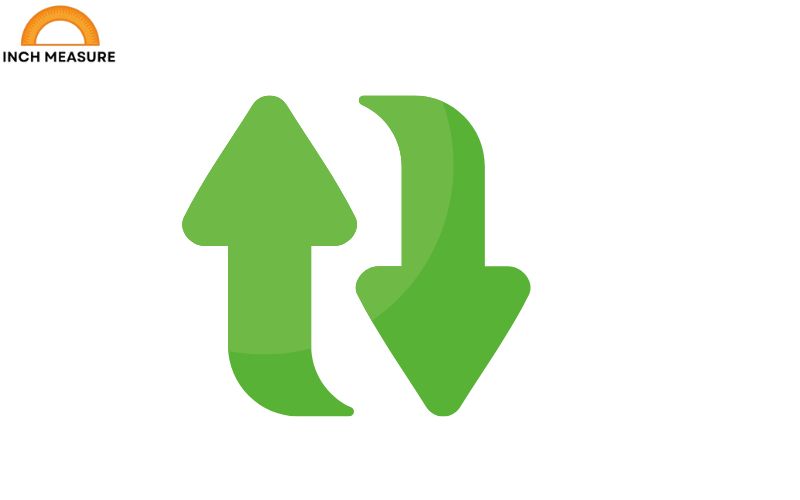
Yards and inches relate to other imperial and metric units, aiding cross-system conversions.
Imperial System Comparisons
- 1 yard = 3 feet
- 1 foot = 12 inches
- 1 yard = 36 inches
Metric System Comparisons
- 1 yard = 0.9144 meters
- 1 inch = 2.54 centimeters
- 1 meter ≈ 1.0936 yards
- 1 centimeter ≈ 0.3937 inches
Conversion Table: Yards, Inches, and Metric Units
| Yards | Inches | Meters | Centimeters |
| 1 | 36 | 0.9144 | 91.44 |
| 2 | 72 | 1.8288 | 182.88 |
| 3 | 108 | 2.7432 | 274.32 |
| 4 | 144 | 3.6576 | 365.76 |
| 5 | 180 | 4.572 | 457.2 |
Common Conversion Mistakes and How to Avoid Them
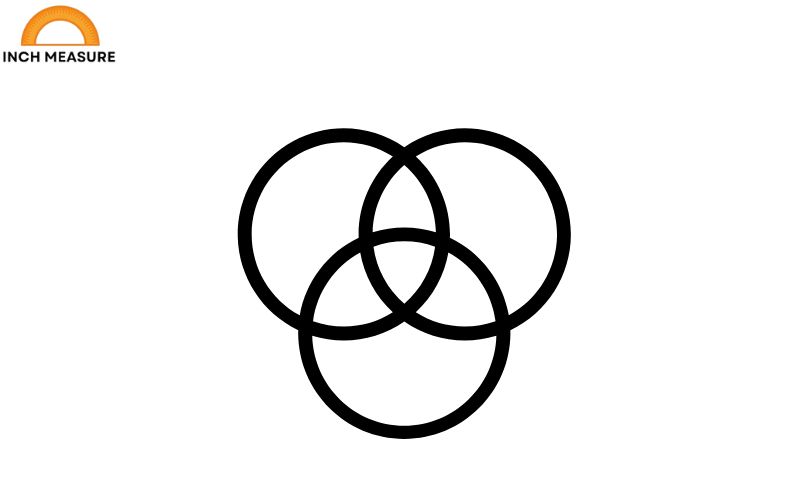
Errors in conversions can lead to costly mistakes. Here are common pitfalls and solutions:
Confusing Yards with Feet:
Incorrect: 1 yard = 12 inches
Correct: 1 yard = 36 inches
Tip: Recall that a yard is 3 feet, so multiply feet by 12, then by 3.
Misplacing Decimals:
Incorrect: 0.5 yards = 12 inches
Correct: (0.5 \times 36 = 18) inches
Tip: Use a calculator for fractional conversions.
Mixing Units:
Example: Adding 2 yards and 18 inches without converting.
Solution: Convert 2 yards to 72 inches, then add 18 inches = 90 inches.
Advanced Applications
Engineering
Engineers convert yards to inches for precise component design. A 2-yard part is 72 inches, ensuring accurate machining.
Architecture
Architects convert yard-based blueprints to inches for detailed construction. A 5-yard wall is 180 inches.
Data Analysis
Converting yards to inches allows finer data granularity in visualizations or models.
Educational Value
Teaching conversions builds math skills. Use visual aids like yardsticks, real-world examples, and worksheets (e.g., convert 4 yards to 144 inches) to engage students.
Global Perspective
The U.S. uses imperial units, while most countries use metric. Converting 3 yards to 2.7432 meters ensures global compatibility.
Fun Facts
- The 100-yard dash was a track staple before metric adoption.
- Inches measure telescope diameters in astronomy.
- Pre-standardization, regional yard variations caused trade disputes.
For More Info: How Far Is 100 Feet? 11 Surprising Items You’ve Never Seen
Conclusion
The conversion of 1 yard to 36 inches is a versatile tool for sewing, construction, landscaping, sports, woodworking, and education. This guide’s detailed examples, tables, and tips make conversions accessible and practical. By mastering yards and inches, readers can tackle measurements with confidence, bridging imperial and metric systems for global applications.
Convert Inches to Meters, cm, mm, and Feet
Converted Values:
Meters (m): 1.016
Centimeters (cm): 101.60
Millimeters (mm): 1016.00
Feet (ft): 3.33
